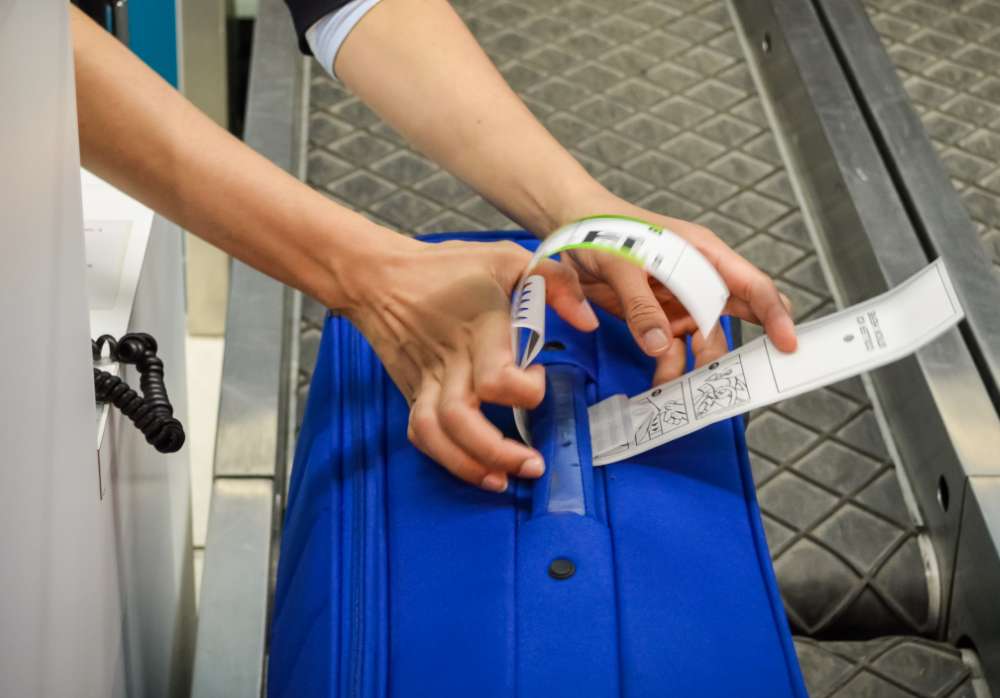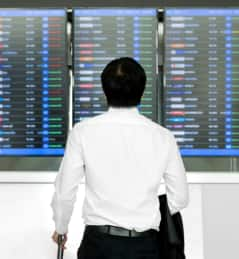
Baggage Rules
In addition to the size and weight limits, there are rules you should be aware of when it comes to baggage allowance. These rules can vary depending on the airline and your destination, so checking with your airline before you travel is important. Here are some standard rules to keep in mind:
Frequently Asked Questions
Check the airline's rules before you pack: Check the airline's website or contact them directly to find out the baggage allowance and its regulations for your flight.
Pack light: Pack only what you need for your trip and leave any unnecessary items. This will not only help you stay within the baggage allowance but also make it easier to move around and travel.
Use compression bags: Compression bags can help you fit more items in your luggage while keeping it within the size and weight limits.







